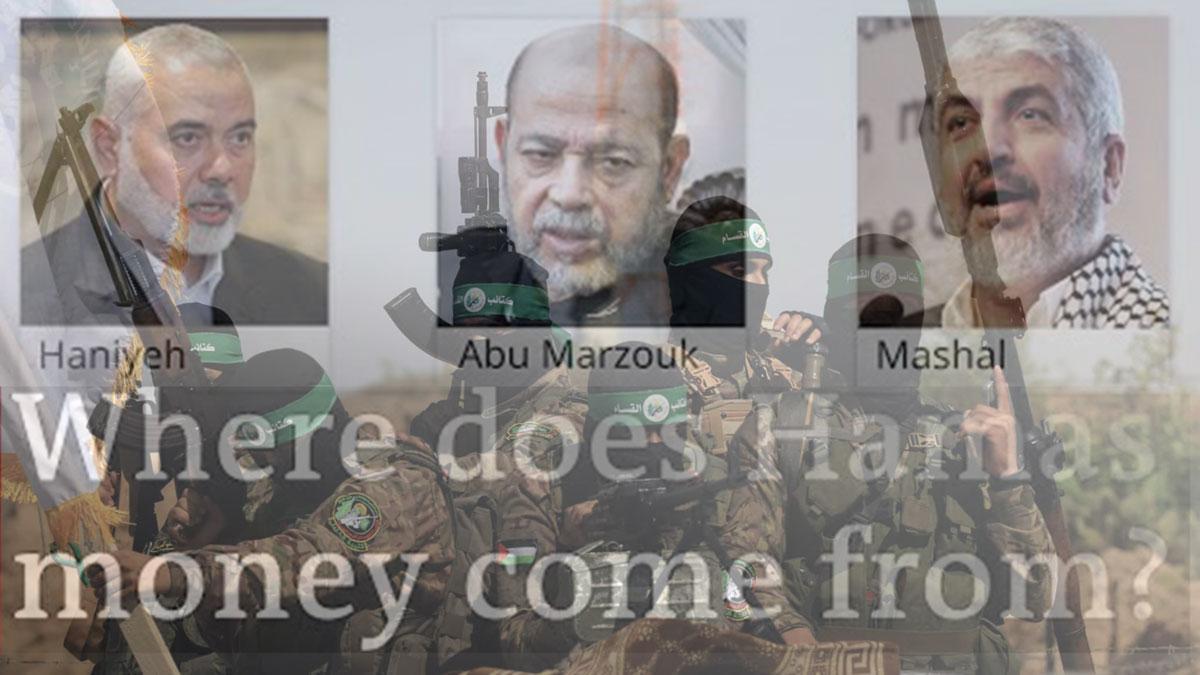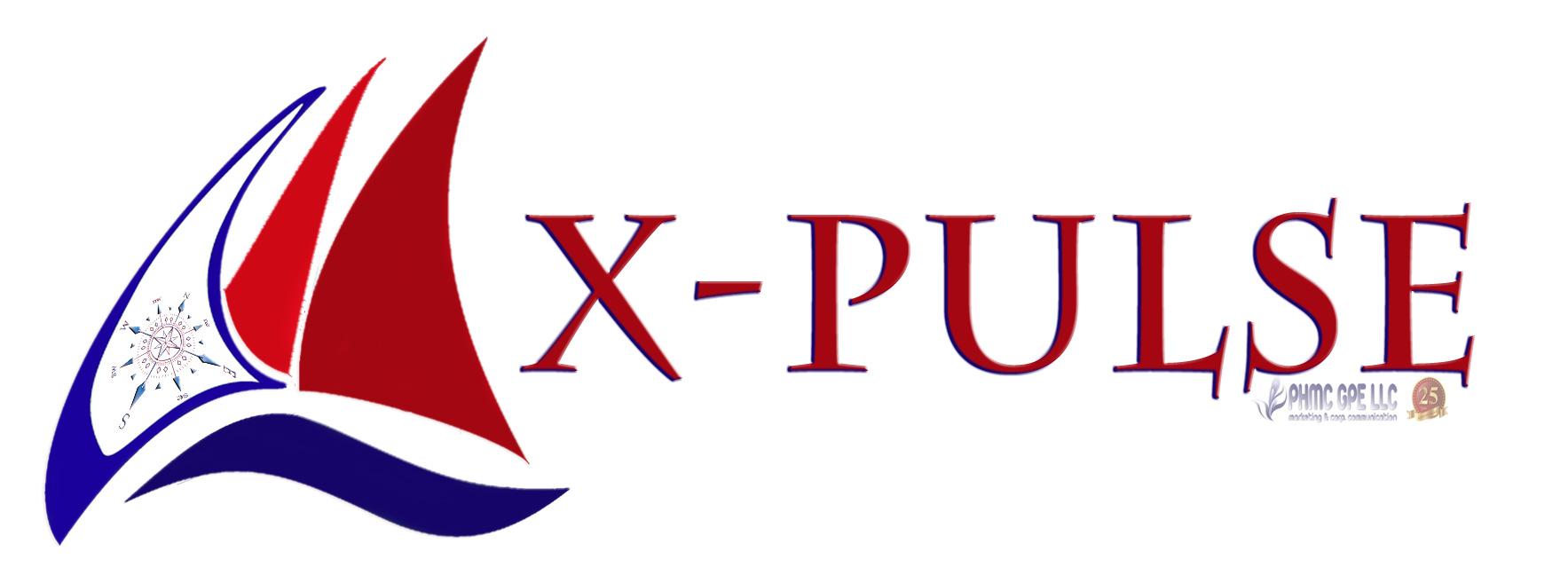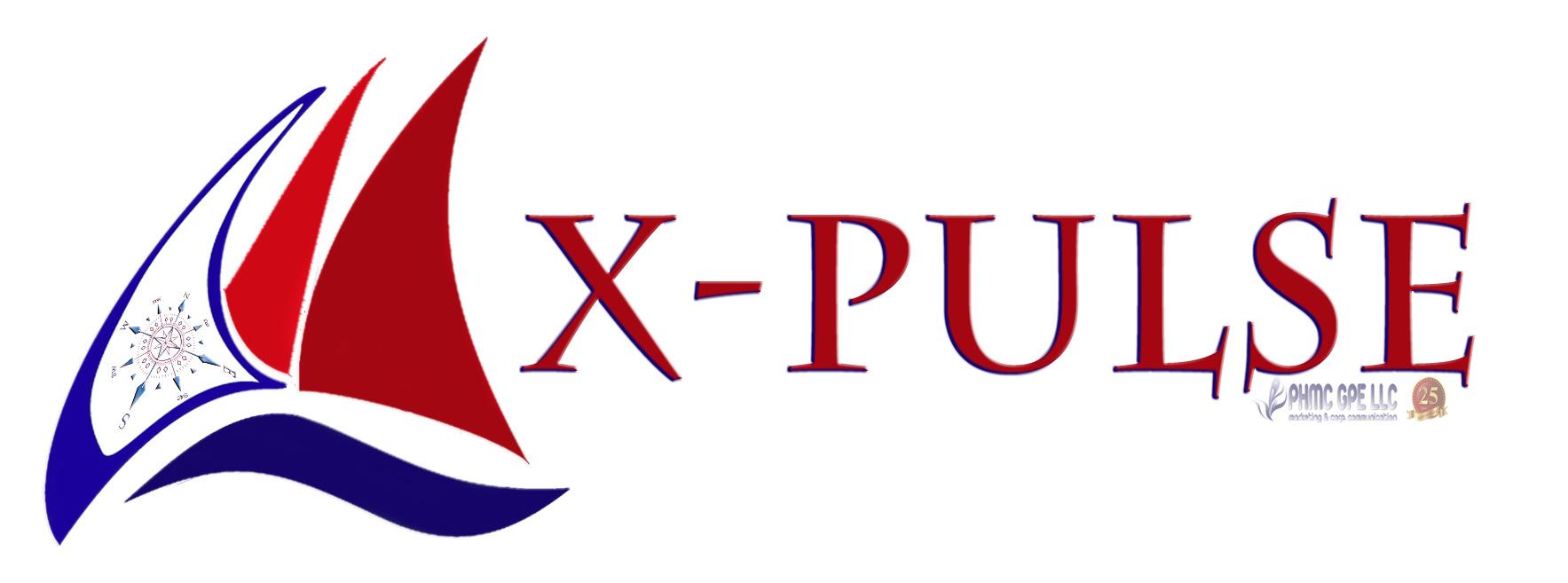Where does Hamas get its money from?

Hamas’s leadership openly embraces its lavish lifestyle, staying at five-star hotels in Qatar and Turkey and flying internationally on private jets, even as Palestinians in Gaza fight over humanitarian aid in the terrorist-ruled enclave.
“A good life is a sign of success and power,” IDF Brig. Gen. (res.) Yosef Kuperwasser, senior research fellow at the Jerusalem Center for Public Affairs, told the Tazpit Press Service.
And it isn’t just the Hamas leadership abroad, he added.
“I have been once or twice to the Kerem Shalom crossing [with Gaza]. You would not believe the number of jacuzzis going into the Strip,” he said.
The cumulative net worth of Hamas’s top leaders abroad — Ismail Haniyeh, Moussa Abu Marzouk and Khaled Mashaal — is estimated at $11 billion, and they do not hide their taste for the high life.
For instance, images of Mashaal enthusiastically playing ping-pong or pedaling on a stationary bike at luxurious hotel fitness centers have gone viral on social media since Hamas’s Oct. 7 massacre.
This prompted Bill Gates, who owns a stake in the Four Seasons hotel in Doha, to confirm publicly that Mashaal was not staying at the property, whose higher-end offerings include sea-view suites at $900 per night.
“Hamas’s leadership both inside and outside Gaza steals money from Gazans, who live in bad conditions, to build military infrastructure and for private purposes, including to maintain their expensive lifestyles,” said IDF Maj. Gen. (res.) Yaakov Amidror, former national security adviser to Prime Minister Benjamin Netanyahu.
But where does the terror group—the second richest in the world—get its $2 billion annual budget from?
THE PALESTINIAN AUTHORITY
The Palestinian Authority transfers to Gaza approximately 33% of its total annual budget. These funds are theoretically meant to pay the salaries of Fatah officials, as well as for various goods and services for residents of the Strip, such as water, electricity and medical treatment.
Since Hamas ousted Fatah from Gaza in a 2007 internecine war, tensions between them have produced several diplomatic conflicts and subsequent failed reconciliation efforts.
The P.A., which Israel previously accused of paying the salaries of some Hamas terrorists in the Strip, maintains infrastructure and a certain level of influence inside the enclave through its financial contributions.
TAXATION
Hamas also raises hundreds of millions of dollars annually from taxes imposed on goods arriving through the Rafah crossing with Egypt and the Kerem Shalom crossing with Israel, in addition to tariffs on contraband entering the Strip through vast networks of smuggling tunnels.
IRAN
Hamas has since its inception in 1987 received significant support, including weapons and training from Tehran. Contributions from Iran to the terror organization are estimated at $250 million each year since 2014.
At first, Hamas tried to preserve relative independence but following the death of Sheikh Ahmed Yassin in May 2004, Khaled Mashaal sought to increase funding from Islamic Republic significantly.
Iran’s financial and military support to Hamas has continued to grow steadily over time, especially after the terror organization took control of Gaza in 2007.
Hamas ran into a disagreement with Iran over the former’s opposition to Syrian President Bashar al-Assad during the civil war.
However, Iranian funding for Hamas never completely stopped. By early 2014, relations between Hamas and Iran started to get back on track.
It is largely believed that Iran’s terrorist programs, and its dedicated effort to arm and finance Hamas, enabled Hamas to launch its Oct. 7 assault on southern Israel, in which 1,200 people were massacred.
CHARITIES AND FOREIGN AID
Hamas also collects hundreds of millions of dollars from various aid groups and its web of so-called charitable organizations.
From 2014-2020, U.N. agencies spent nearly $4.5 billion in Gaza. More than 80% of that funding is channeled through the UN Relief and Works Agency (UNRWA), which supports Palestinian refugees. Refugees make up three-quarters of the Strip’s population.
In November, Berlin took steps towards prohibiting any Hamas activity on German soil, including banning charities with links to Hamas, such as the Samidoun Palestinian Prisoner Solidarity Network.
Later that month, an investigation by Focus on Western Islamism (FWI), an organization that works to expose Islamist extremism and finances, revealed that over $260 million were raised by Hamas-aligned charities in the United States.
QATAR
Since 2018, Qatar has also been transferring tens of millions of dollars in cash monthly to Hamas, at one point reaching nearly $400 million per year.
“It was the Israeli government’s policy to allow Qatar to send funds to the Gaza Strip,” explained Brandon Friedman, a senior research fellow at Tel Aviv University’s Moshe Dayan Center for Middle Eastern and African Studies. “The thinking was that it would buy quiet.”
For Qatar, “Maintaining…longstanding ties to terror organizations is part of the country’s grand strategy,” Friedman said.
Over the years, Qatar has hosted members of Al-Qaeda, Islamic State and the Taliban, having mediated the U.S. withdrawal from Afghanistan.
“Giving terror groups a safe haven is a form of security for Qatar. It insulates the royal family. In the past, terror groups targeted ruling families in the Gulf countries, but never in Qatar,” added Friedman.
Doha also spreads Hamas propaganda through its state-run Al Jazeera network.
Qatar’s ties to Hamas made the country a key mediator in the negotiations that led to a ceasefire deal between Israel and the Palestinian terror group, making Doha a valuable player in the international community.
However, voices have started calling on Washington to reassess its relationship with Doha.
Last month, congressman Andy Ogles (R-Tenn.) introduced the Trust But Verify Act, which would temporarily suspend the state of Qatar’s status as a Major Non-NATO Ally until such time Doha renounces support for terror groups, including Hamas.
Such a reassessment could include moving the U.S. Air Force from Doha to Bahrain, where the U.S. Navy’s Fifth Fleet is currently hosted. The largest U.S. military base in the Middle East, Qatar’s Al Udeid Air Base hosts 11,000 U.S. military personnel.
It could also lead to the freezing of assets of Hamas’s enablers.
“Hamas misused Qatari hospitality to celebrate the murder of more than 1,200 Israelis,” said the JCPA’s Kuperwasser.
“You can’t be on the one hand a major non-NATO ally of the United States, and at the same time provide excellent living conditions to the leadership of a terror organization responsible for the most horrific, barbaric attack of all time,” he added.
According to Yoel Guzansky, a senior fellow at the Tel Aviv-based Institute for National Security Studies, Doha could be persuaded to change tack.
However, he added, “If Qatar expels Hamas leaders, they will do it gently, quietly and not necessarily right now, in order to save face.”
TURKEY
Turkey’s ties to Hamas, on the other hand, stem from a concerted policy implemented by longtime President Recep Tayyip Erdogan.
“Hamas is not a terrorist organization, it is a liberation group, ‘mujahideen‘ waging a battle to protect its lands and people,” Erdogan told lawmakers from his ruling AK Party during a parliament speech on Oct. 25.
Around the same time, Ankara vehemently denied rumors of having asked Hamas leaders to leave the country. In fact, Erdogan’s government reportedly provided them with Turkish passports.
Earlier this year, Israel seized 16 tons of explosive materials originating in Turkey and bound for Gaza.
“It is very unlikely that Turkey would ever expel Hamas. U.S. pressure might even be counterproductive in this scenario,” TAU’s Friedman said.
***

- Art
- Causes
- Analysis
- Cloak & Dagger
- Economy - Finance
- Health
- Literature
- Music
- Other
- News & Politics
- Real Time Facts
- Sports



